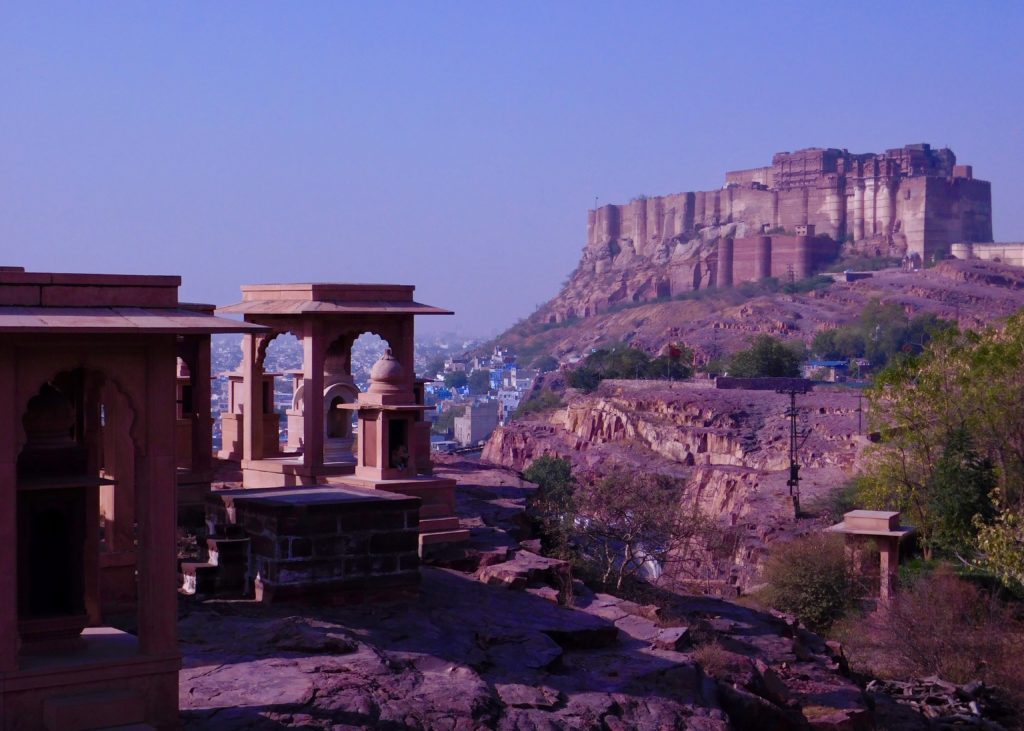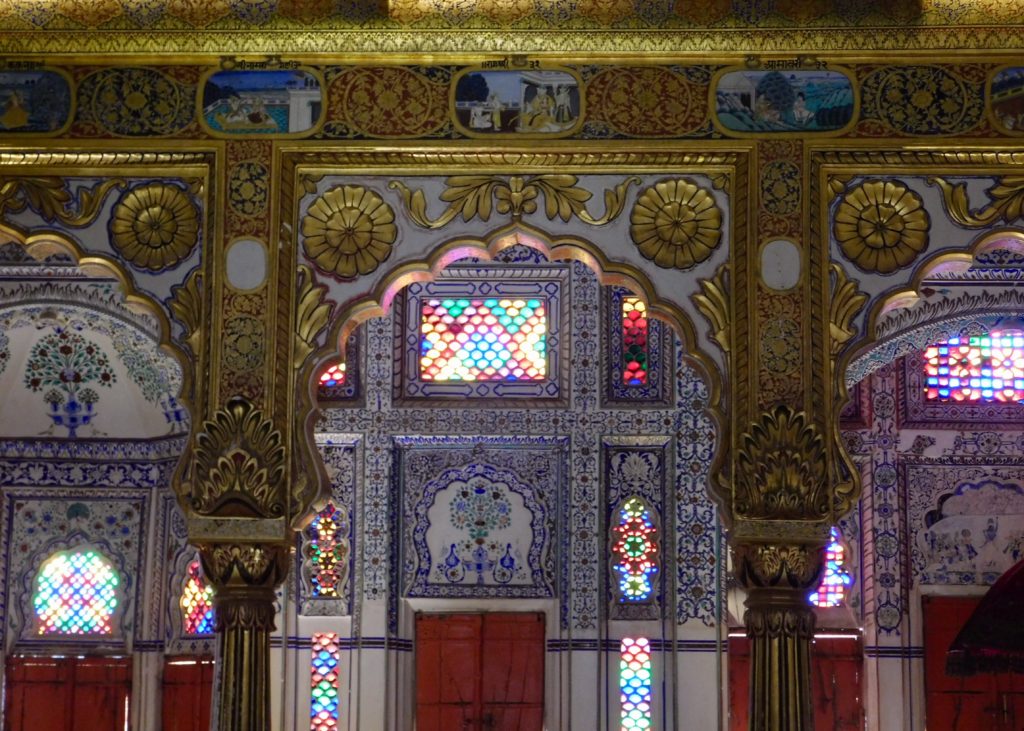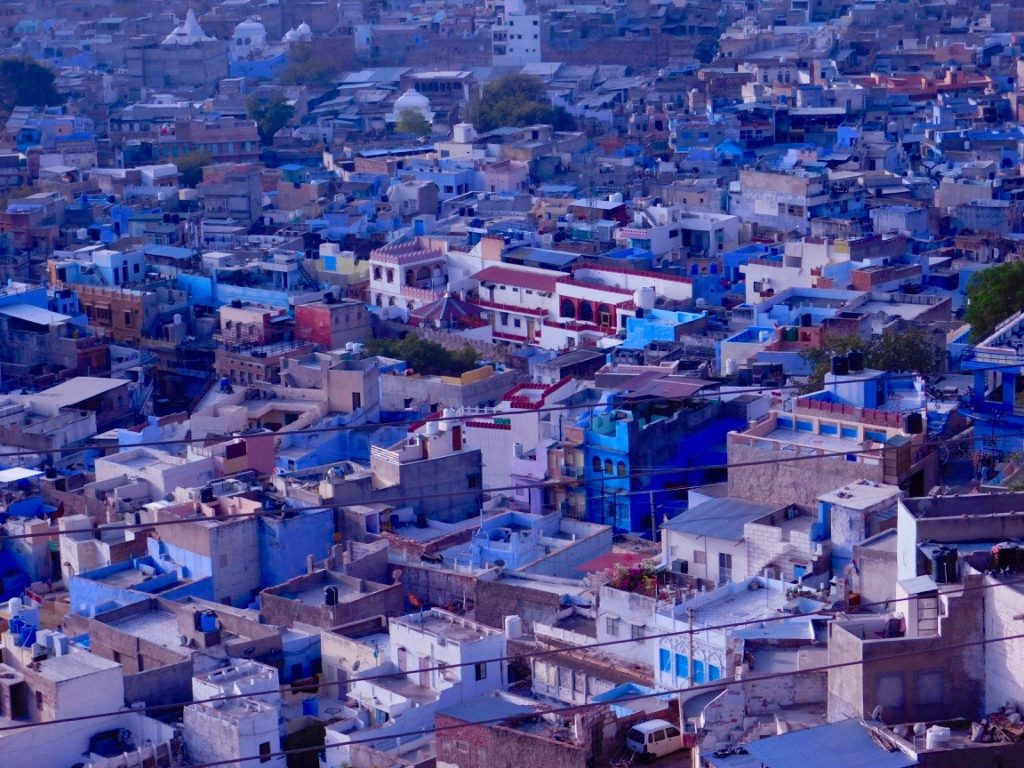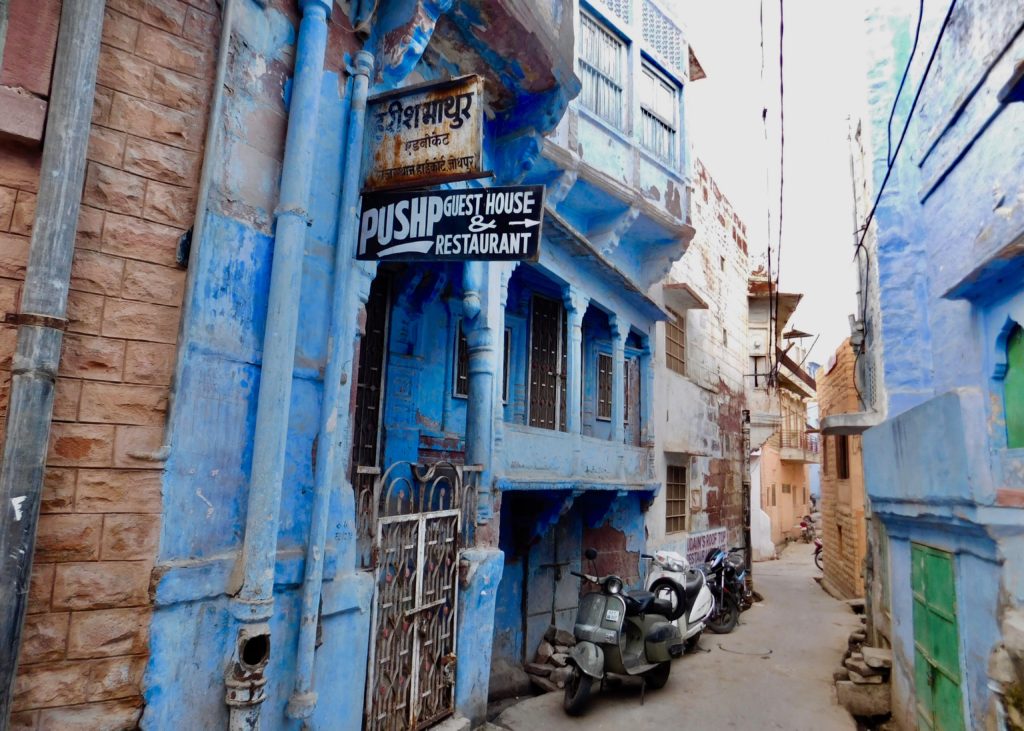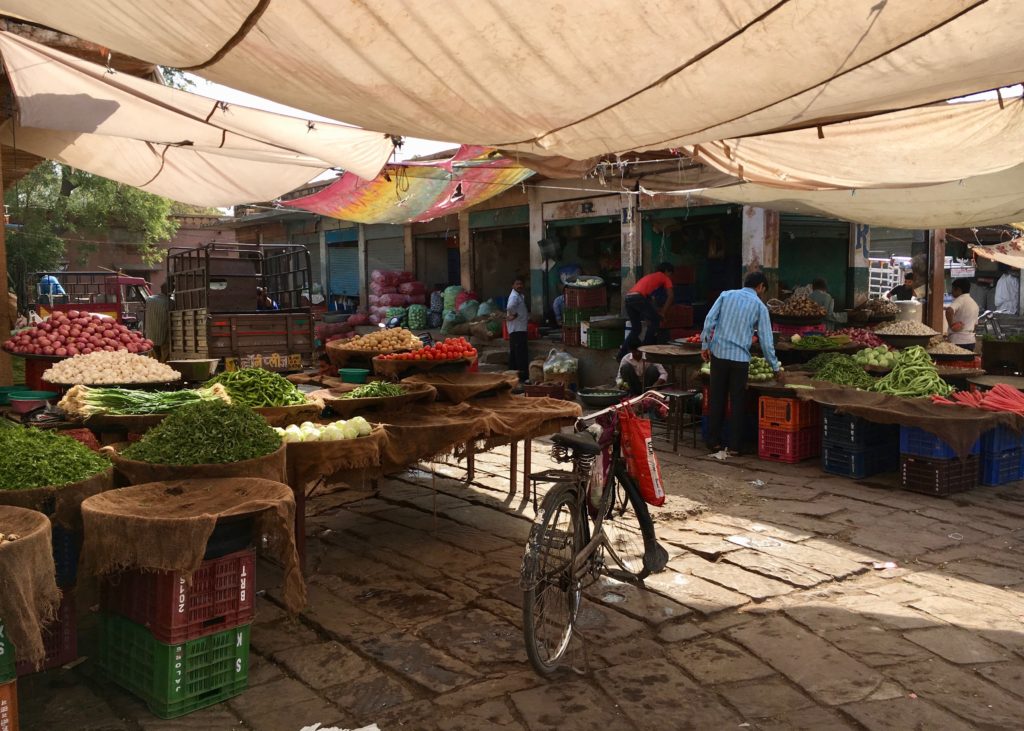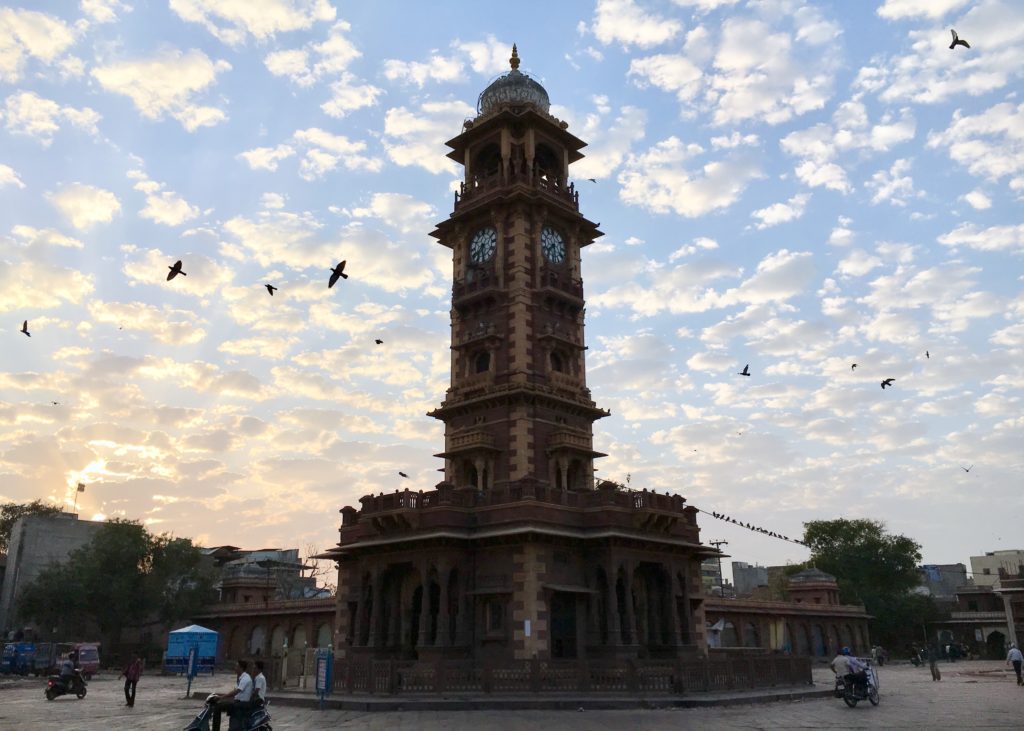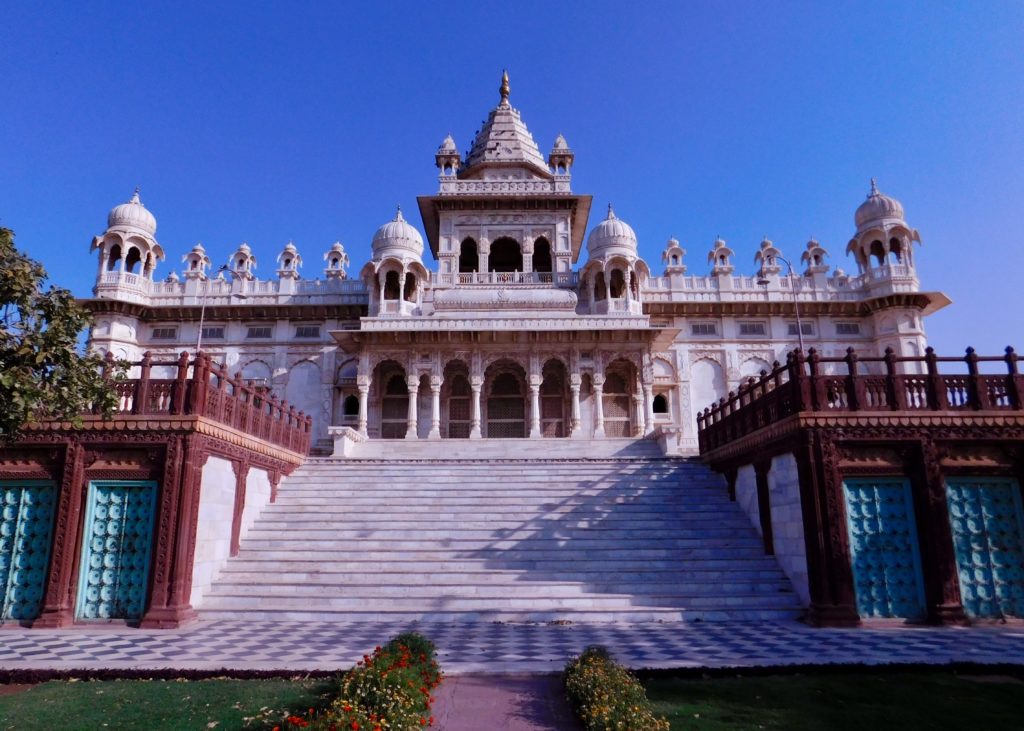Jodhpur, also known as the Blue City, is one of India’s most historic cities. The natural red rocks perfectly compliment the beautiful blue architecture in this ancient city. Visiting India is any photographer’s dream, and there are dozens of picturesque sites throughout Jodhpur.
Mehrangarh Fort
The largest and most visible landmark in Jodhpur is the Mehrangarh Fort, built by in 1460 Rao Johda. Sitting atop a 125m (410 feet) hill, it can be viewed form almost anywhere in the city. The Fort is intimidating but rather modest externally; however, internally, the Fort contains palaces and museums with some of the most opulent artifacts in all of Rajasthan, including elaborate royal palanquin and howdahs.
The Old City
To truly experience this vibrant and historic city, I highly recommend hiring a rickshaw to take you in the old town. From there, you can wander the labyrinthine streets and beautiful Indian architecture painted blue, which according to the locals, is to confuse and ward off mosquitos.
Sadar Market
Sadar market is a traditional Indian bazaar, selling vegetables, spices, tea, food and sweets, textiles, jewelry, and hand-made artisan crafts.
Ghanta Ghar
Just before the main gate into the old city and Sadar Market is a square containing one of Jodhpur’s most famous landmarks, Ghanta Ghar (translated literally to “hour house”).
Jaswant Thada
This white marble mausoleum was built by Maharaja Sardar Singh in 1899 to honor his late father. In many ways, this monument is a mini Taj Mahal.
Umaid Palace
Umaid Palace is set on 26 acres of gardens, and with 347 rooms, it is one of the largest private residences in the world. The palace is still the primary residence to the Jodphur royal family; however, parts of the palace have now been turned into a museum and ultra-exclusive 5-star hotel.
